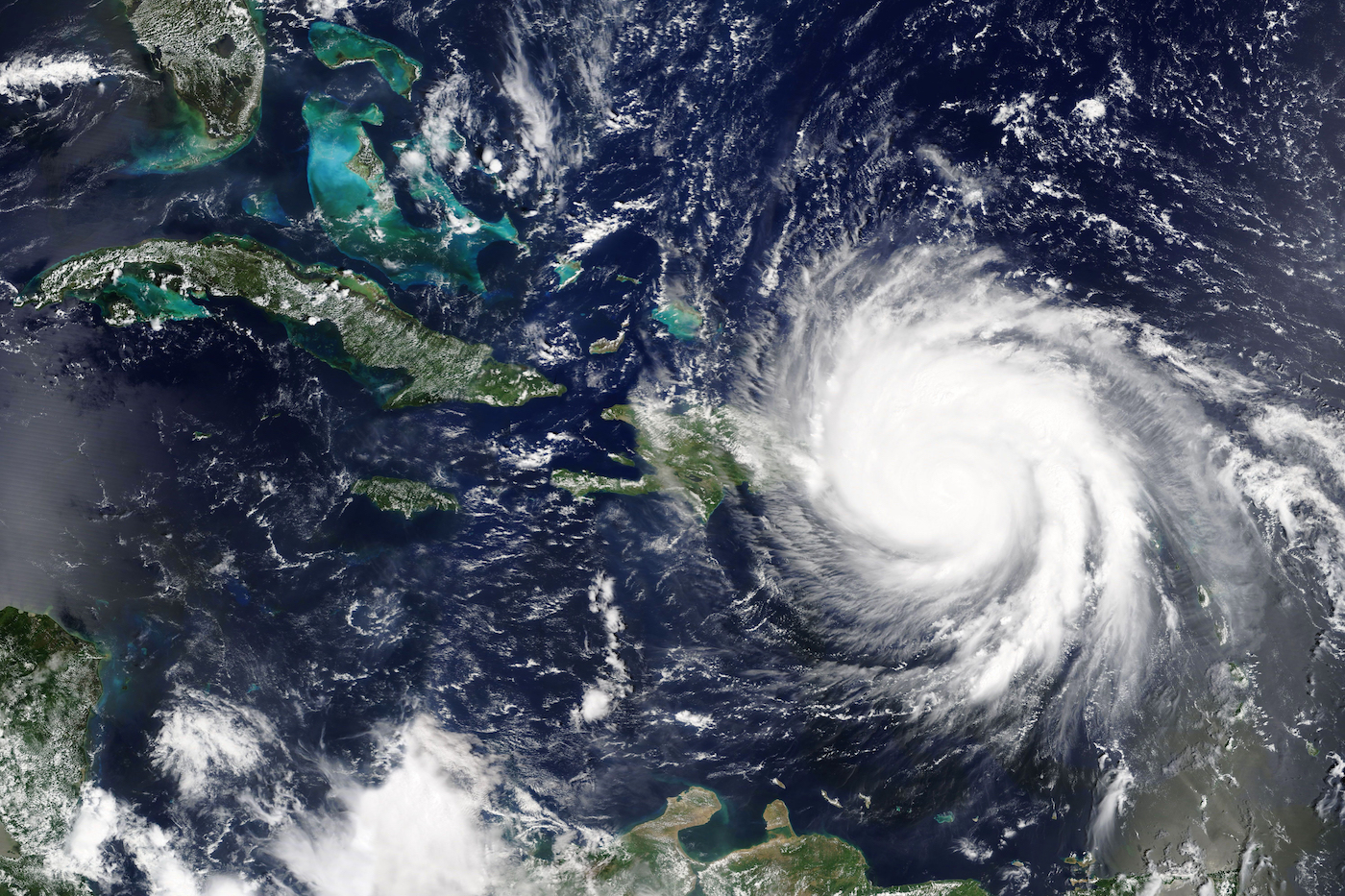
How storm paths will be altered by a changing climate
After a historic and devastating hurricane season, and mounting evidence that human-driven climate change is causing more severe storms, many coastal residents are left fearing what the future holds.
One of the impacts of climate change already taking place is a shift in Earth’s climatic zones toward the poles, where dry arid regions are expanding into higher latitudes and rainy regions are moving poleward.
As the global temperatures rise, it will further drive these shifts, which will also affect storm tracks.
Now, a new study from the Weizmann Institute of Science reveals how a warmer climate changes these storm paths and pushes mid-latitude storms toward the poles.
The study involved a unique tracking and monitoring system that examined storm progressions and movement.
The climatic zones on Earth typically follow its latitudinal bands, and storm tracks are the regions within these zones where storms are most likely to develop. Storms often start over the ocean and travel east heading slightly toward the poles.
Researchers aimed to find out why storm tracks followed this poleward direction and also how storm patterns would be affected by climate change.
For the study, Dr. Talia Tamarin applied a storm-tracking algorithm to atmospheric circulation models. The models generated thousands of storms and the researchers were able to analyze the different storm’s movements and how they developed.
The results showed that a storm’s natural tendency to move toward the poles intensifies in warmer conditions. The researchers found two processes were responsible for this shift.
First, a certain type of circulation at the top of the weather system steers the storm toward the pole. As temperatures rise, these steering airflows will grow stronger and shift the storm further to the pole.
The second process involves the water vapor in storms. Warmer temperatures will cause more water vapor, and more energy will be released when the vapor turns to precipitation.
“The hottest, wettest air is circulating up the eastern flank of the storm – to the northern side – and releasing energy there,” said Tamarin. “This process pushes the storm northward (or southward in the southern hemisphere), and this effect will also be stronger in a warmer climate.”
The researchers predict that if global temperatures rise by four degrees, this will cause storms to move as much two degrees toward the poles.
“Although two degrees may not sound like a lot, the resulting deviation in temperature and rain patterns will have a significant effect on climate zones,” said Professor Yohai Kaspi from Weizmann Institute’s Earth and Planetary Sciences Department.
The research not only explains what causes storms to migrate toward the poles, but also shows that in a warming climate, this shift will become more drastic.
—
By Kay Vandette, Earth.com Staff Writer













